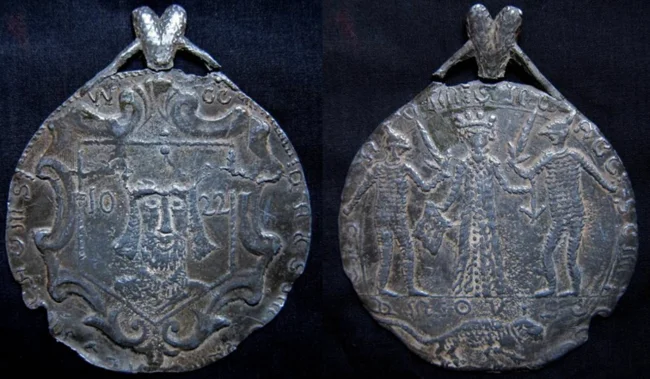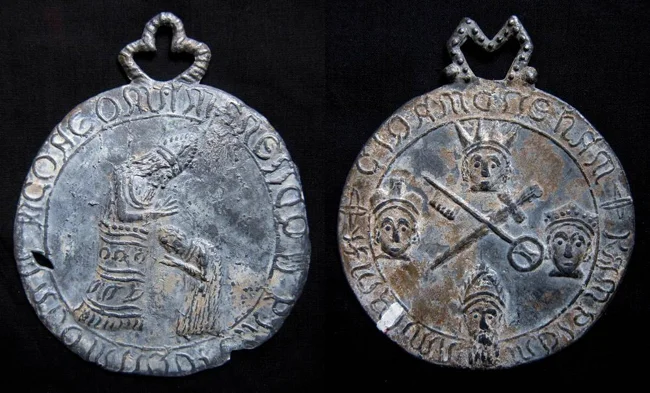The hoax of the century: how two illiterate con artists made the learned men of Victorian England (13 photos)
At the height of the Victorian era, when a passion for collecting antiquities swept British society, the London antiques market was confronted with an inexplicable phenomenon. Lead artifacts, supposedly dating back to the medieval period, began appearing everywhere. 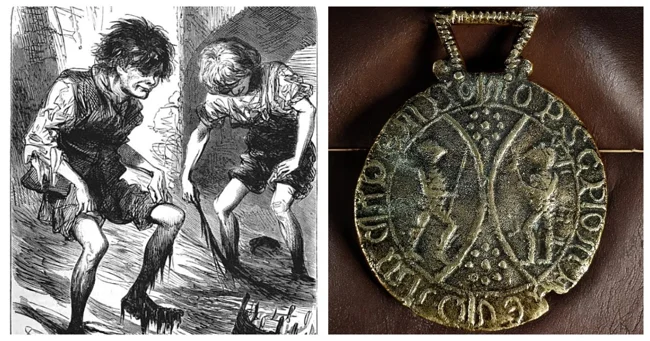
Despite a few timid skeptics, most experts recognized the finds as genuine. Only years later did the shocking truth emerge: this entire "collection" was the work of two crooks, completely ignorant of history and archaeology. Amazingly, it was precisely the crude workmanship and primitive execution that convinced seasoned experts of the authenticity of the items. 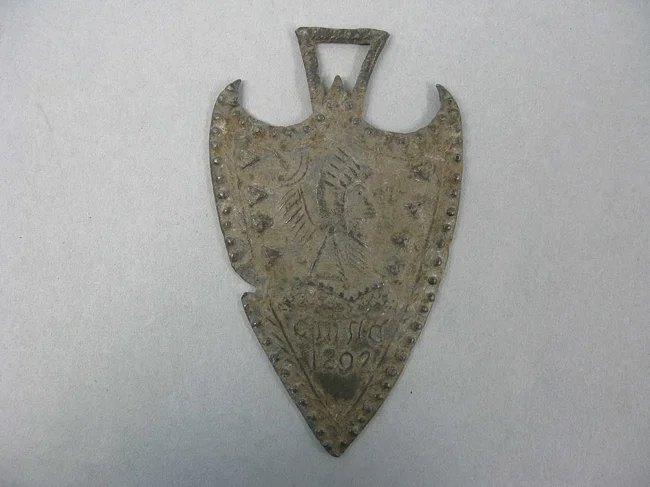
These curious homemade items, known as the Shadwell forgeries, included medallions, amulets, and coins with chaotic patterns, nonsensical texts, and strange dates. Modern researchers compare them to primitive phishing emails, where errors only enhance the illusion of trust. 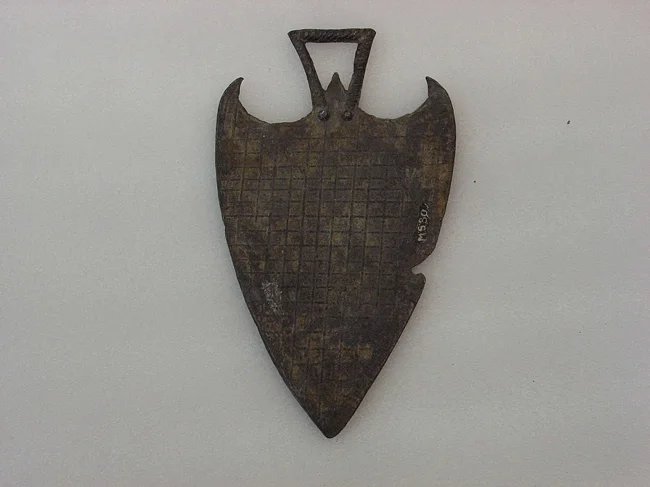
The authors of this hoax were two men from the lower classes, William Smith and Charles Eaton, who made a living by searching for river rarities on the banks of the Thames. Realizing that creating "antiquities" was far more profitable than searching for them, they set up a cottage industry in 1857. Using plaster molds and lead alloys, they created items with jagged edges, rough surfaces, and clumsily executed images of knights with naive expressions. Complete illiteracy prevented them from imitating the inscriptions with any realism. 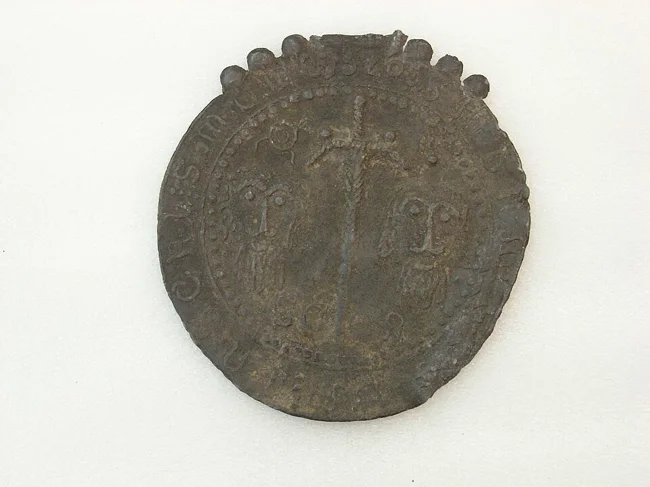
To give their creations an antique appearance, the swindlers treated them with acid and coated them with river silt. The dating of the pieces became a model of absurdity: they used Arabic numerals to denote centuries, even though Roman numerals were used in Europe at the time. Leading antiquarians of the time, including Charles Roach Smith, not only failed to recognize the fraud but also considered the crudeness of the workmanship as proof of authenticity, claiming that a modern forger would have worked more carefully. 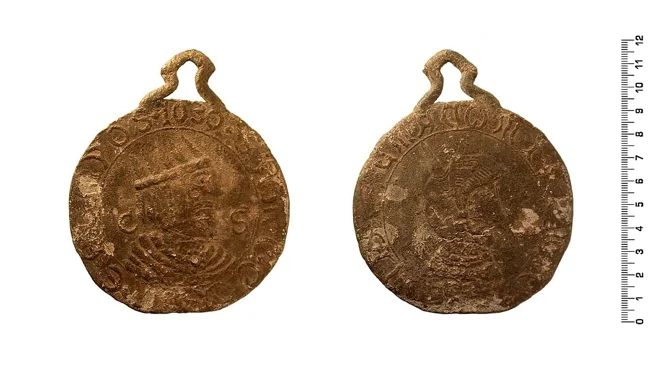
The scale of the fraudsters' activities was enormous: over the course of several years, they created up to 10,000 counterfeits. However, their sheer number aroused suspicion. In 1858, Henry Sayer Cuming publicly accused the dealers of distributing counterfeits. The subsequent trial, however, did not bring a clear victory to the proponents of the artifacts' authenticity. 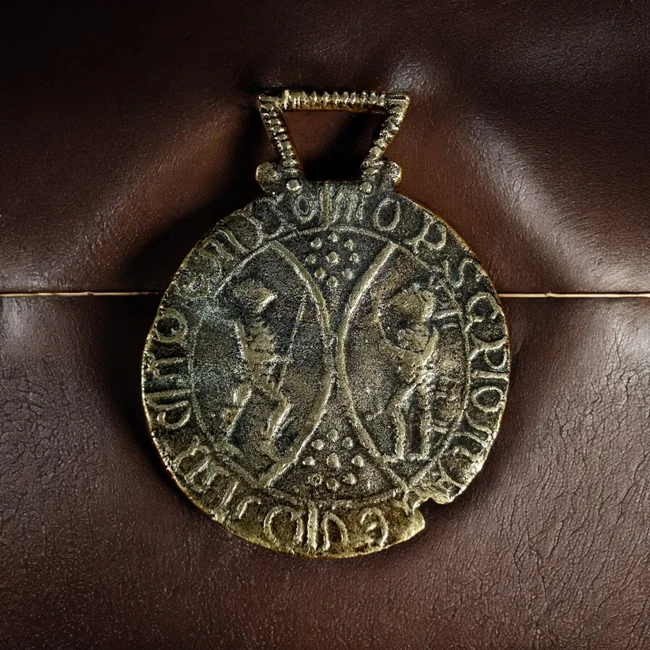
Politician and antiquarian Charles Reade played a crucial role in the exposure, organizing an independent investigation. Having recruited one of the accomplices, he obtained plaster molds, which became irrefutable evidence of the fraud. 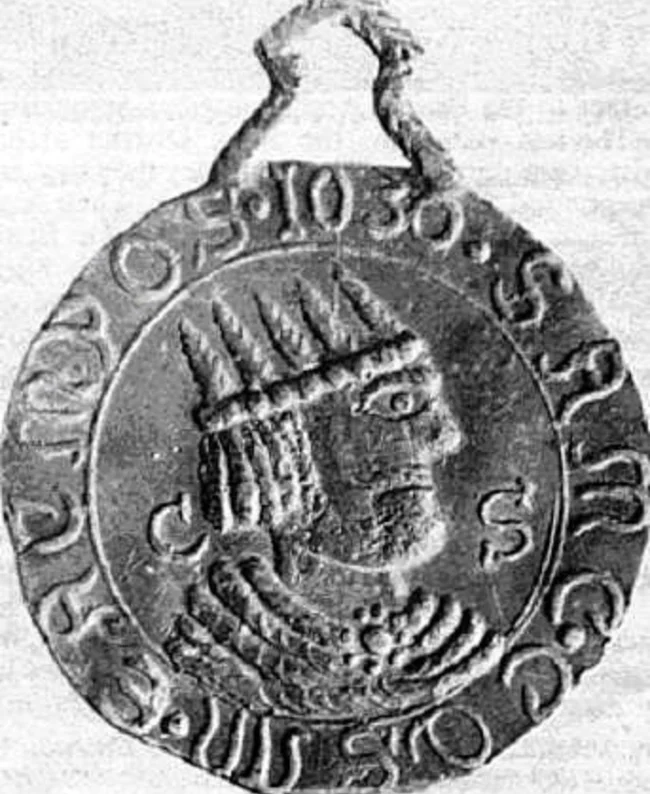
Despite the exposure, William and Charles continued their craft, significantly improving the quality of their pieces. Their subsequent story reads like an adventure novel: arrest on a priest's tip, release due to lack of evidence, and Smith's mysterious disappearance after his partner's death. 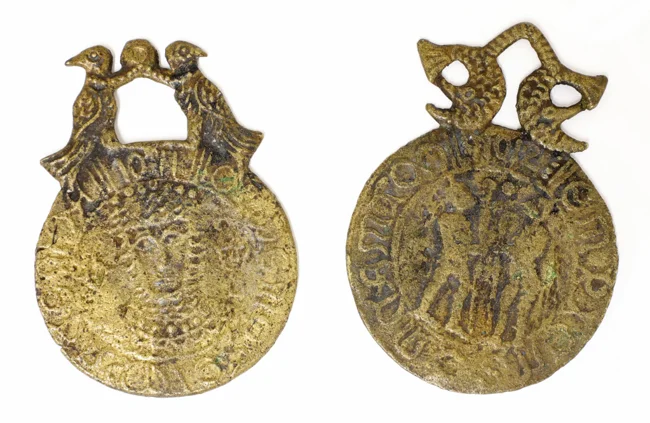
The legacy of this swindler duo lives on: their creations adorn the collections of some Moscow museums and occasionally pop up at online auctions, continuing to mislead inexperienced collectors. 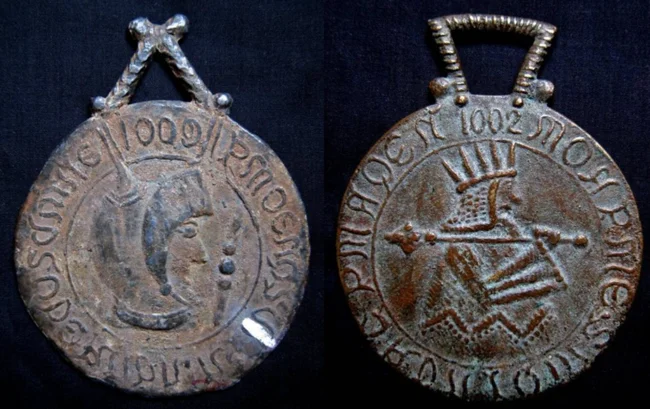
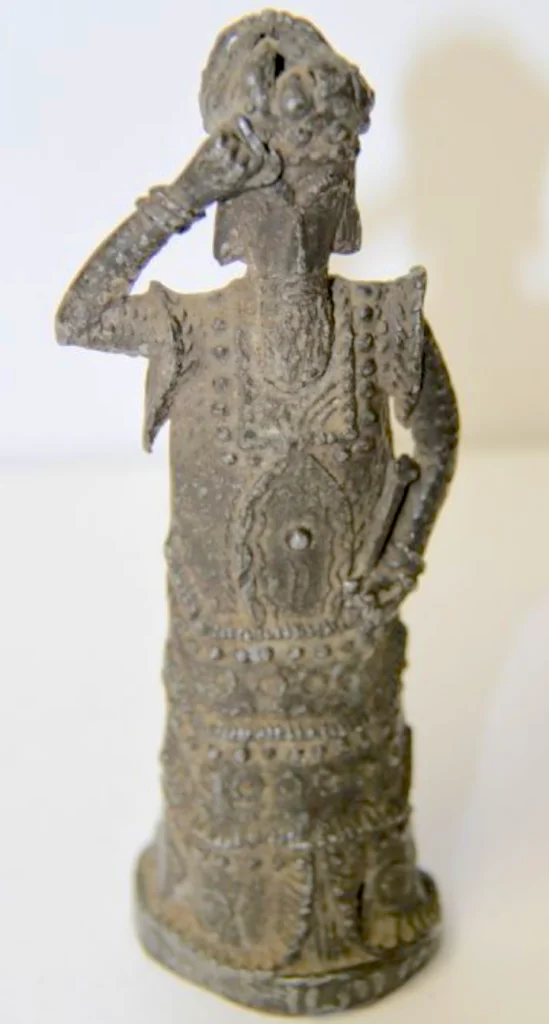
[thumb]https://cn22.nevsedoma.com.ua/p/29/2906/158_files/baa8a4930 5a2b1e22f0bd08663df2a56.webp[/thumb] 